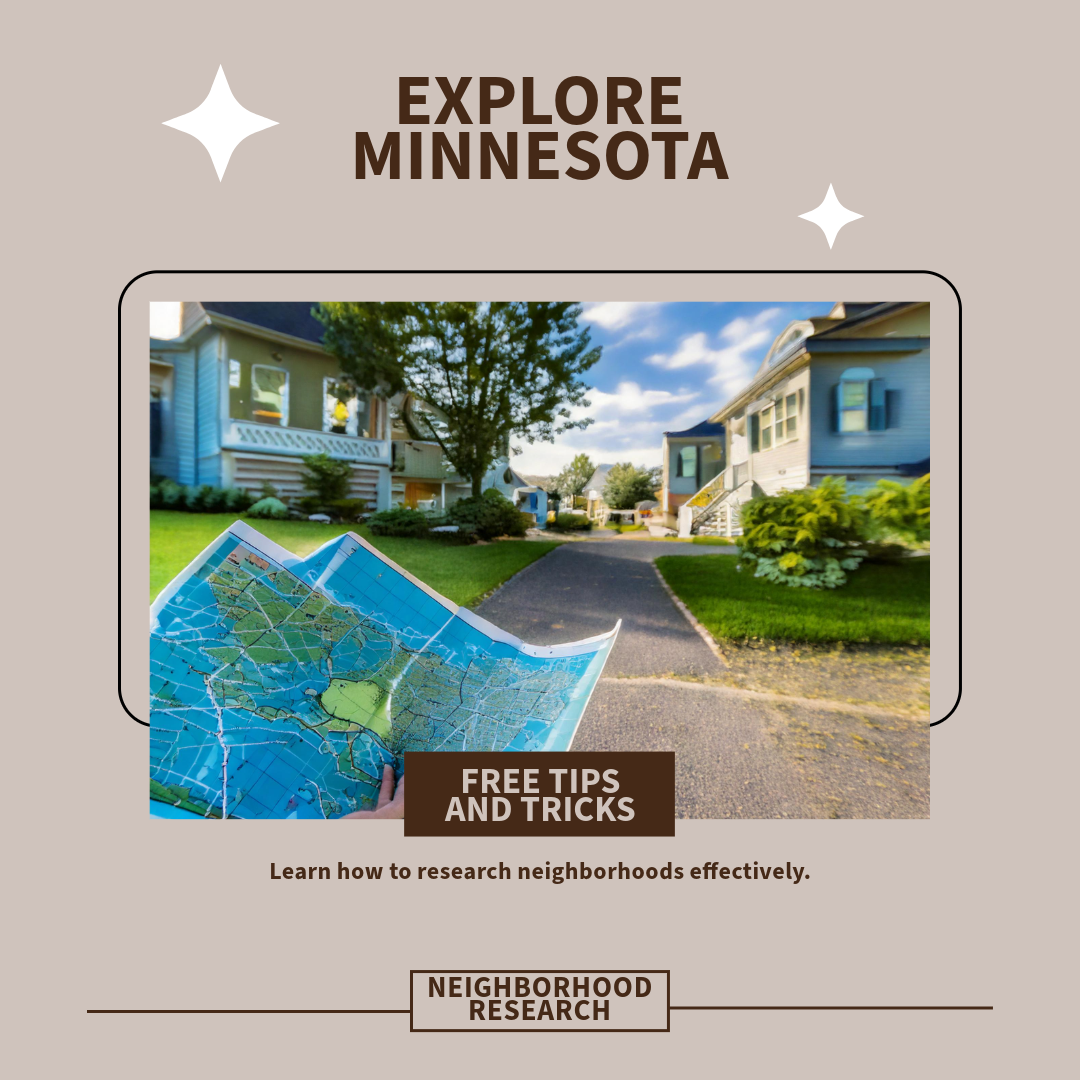When you’re looking to settle into a new neighborhood, diving right into online research is usually the best first step. This helps in getting a bird’s-eye view of the area. Websites like NeighborhoodScout or AreaVibes offer detailed insights on various aspects like demographics, median home prices, and local trends.
Identifying key factors that really matter to you is important. Want low crime rates? Check out the neighborhood’s safety index or local law enforcement reports, often available online. Maybe you need a short commute to work or access to certain schooling districts. Pinpoint these priorities early on to streamline your search.
Joining online forums or community Facebook groups provides firsthand perspectives from those who actually live there. Current residents might share their experiences, advice, or even offer answering questions about daily life in the area.
Don’t forget community review sites like Nextdoor, where folks talk about everything from local politics to recommendations for reliable plumbers. These localized insights can prove invaluable when weighing the neighborhood’s pros and cons.
Get Acquainted with the Local Culture and Lifestyle
Once you’ve narrowed down your choices, getting a feel for the neighborhood’s vibe is critical. Start by visiting local hangout spots like parks and cafes. These places often give a glimpse into daily life and the atmosphere of the community.
Local events are your ticket to connecting with the community. Whether it’s a farmer’s market or a town hall meeting, attend a couple of these to gain insight into the area’s social dynamics and meet the people living there.
Staying updated with local publications and newsletters can also offer a window into what matters to residents. This includes issues the community cares about or upcoming developments that might affect your decision.
If possible, take a few strolls around different parts of the neighborhood at various times of the day. This helps you see how the area changes from morning rush to evening calm, revealing more about the lifestyle you’ll be part of.
Examine Housing Options and Real Estate Trends
Exploring housing options in depth is crucial as you transition into a new neighborhood. Online platforms like Zillow or Realtor.com are great starting points for checking current listings and prices. These sites provide a snapshot of what to expect in terms of rental and buying costs in your chosen area.
Consulting with a local real estate agent can offer valuable insights beyond online listings. They often have inside knowledge about off-market properties or upcoming developments that could influence your decision.
Taking time to research historical pricing trends is also beneficial. This information can reveal how the real estate market in the neighborhood has evolved over the years—helping you gauge potential investments’ future value.
Consider visiting some open houses. This gives you a better understanding of what’s available and can help you envisage living in these spaces. You’ll also get a sense of the neighborhood’s architectural style and community vibe.
Understanding the rental market trends is equally important if you’re going the renting route. Review recent rental statistics to see if the neighborhood aligns with your budget now and in the long run.
Assess Amenities and Accessibility
Evaluating the amenities and ease of access in a neighborhood is essential for a comfortable living experience. Begin by mapping out essential services like grocery stores, healthcare facilities, and banks. Knowing how close these necessities are can significantly affect day-to-day convenience.
Public transport is another crucial factor. Check the availability and frequency of buses, trains, or trams in the area. This can be a game-changer if you rely on public transport for commuting, impacting your overall satisfaction with your move.
For those who drive, looking at the road network connectivity is important. Emphasize ease of access to major highways or city centers, especially for daily commutes or weekend getaways.
If you’re a fan of walking or biking, assess the neighborhood’s infrastructure for these activities. Sidewalks, bike lanes, and pedestrian-friendly areas can make a place much more enjoyable for those who prefer green commuting.
Consider recreational amenities like parks, gyms, and cultural centers as well. These can enrich your lifestyle and provide much-needed downtime in a bustling week. Checking the distances and accessibility of these places can add another layer of insight into whether the neighborhood fits your lifestyle needs.
Explore Educational Opportunities and School Districts
Looking into educational options is crucial if you have kids or plan to start a family. Begin by researching nearby schools through resources like GreatSchools or SchoolDigger, which provide ratings and reviews from other parents.
Understanding school district boundaries is essential. Enrollment processes are often tied to your address, so ensuring your home falls within the desired areas is a must-do.
Investigate the academic offerings, extracurricular activities, and sports programs available. A well-rounded school can enhance your child’s education and social development, making a big difference in their overall growth.
It’s also wise to connect with the schools directly. Attend orientations or meetings if possible, where you can meet teachers and staff. This gives a more personal view of what each school offers and the approach they’ll take to education.
For higher education seekers, check out local colleges or universities. Understanding what courses or programs are within reach can impact your or your family’s educational journey and long-term plans.
Engaging with community education programs in the area can also provide lifelong learning opportunities or activities for all ages.




